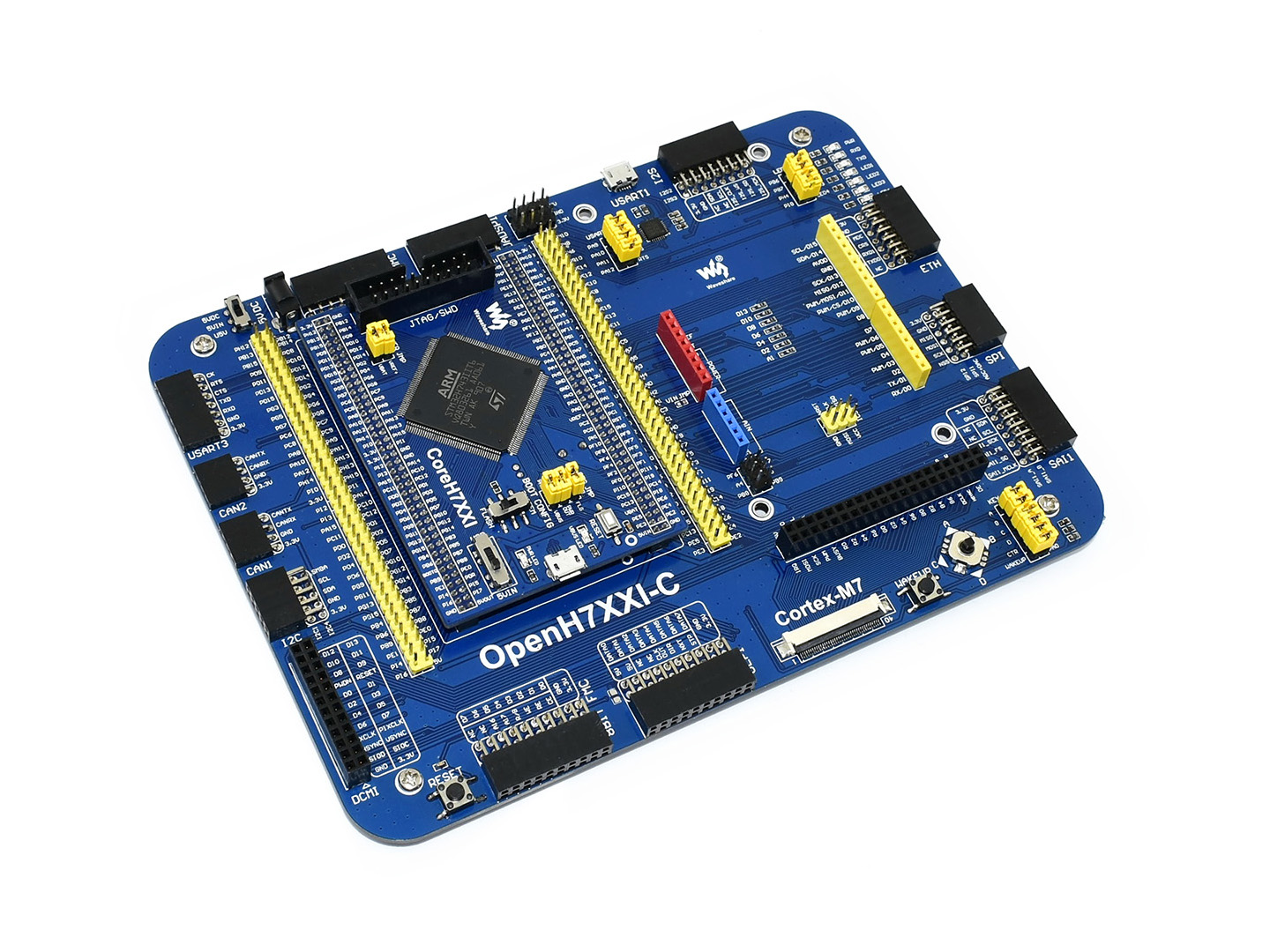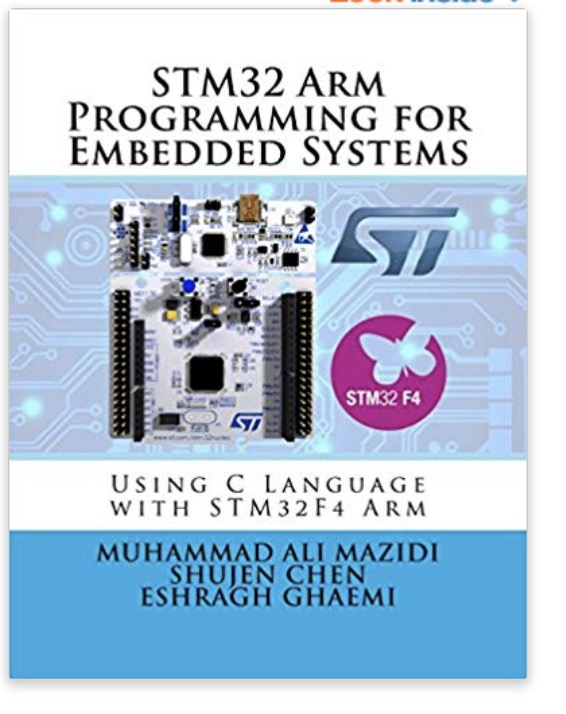Recent Posts
STM32H7 Development Board With Multiple Expansion Options
Posted by on
STM32 is a family of 32-bit microcontroller integrated circuits developed and manufactured by STMicroelectronics. The STM32 circuits are grouped into similar series based around the same 32-bit ARM processor core, such as the Cortex-M33F, Cortex-M7F, Cortex-M4F, Cortex-M3, Cortex-M0+, or Cortex-M0.
Internally, each microcontroller consists of the processor core, static RAM, flash memory, debugging interface, and various peripherals.
The OpenH743I-C is an STM32 development board created for the STM32H743IIT6 microcontroller that consists of the motherboard and the MCU core board CoreH743I.
The OpenH743I-C supports extra expansion options through the use of various accessory boards for STM32 applications. The modular and open design makes it an excellent choice for starting application development with STM32 series microcontrollers.
The demo programs use HAL libraries, generated by STM32CubeMX v5.0, edited by KEIL MDK v5.12. The firmware libraries of STM32H7 used is v1.3.2.
- Minimal ready-to-run system, integrates clock circuit, USB power management, USB connector, etc.
- Onboard 64M Bit SDRAM
- All the I/O ports are accessible on the pin headers
- JTAG/SWD programming/debugging interface
- 2.0mm header pitch, allowed to be plugged-in your application board
STM32 Arm Programming for Embedded Systems
STM32 Arm Programming for Embedded Systems covers the peripheral programming of the STM32 ARM microcontroller. Throughout this book, we use C language to program the STM32F4xx chip peripherals such as I/O ports, ADCs, Timers, DACs, SPIs, I2Cs, and UARTs.
We utilize the STM32F446RE NUCLEO Development Board, which uses an ARM® Cortex®-M4 MCU. Volume 1 of this series describes the ARM Assembly Language Programming and Architecture.
See our website for further titles in this series: www.MicroDigitalEd.com. You can furthermore find the tutorials, source codes, PowerPoints, and other support materials for this book on that website.
 Loading... Please wait...
Loading... Please wait...


